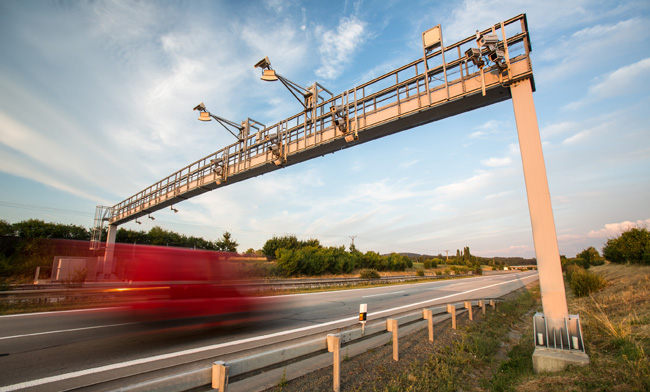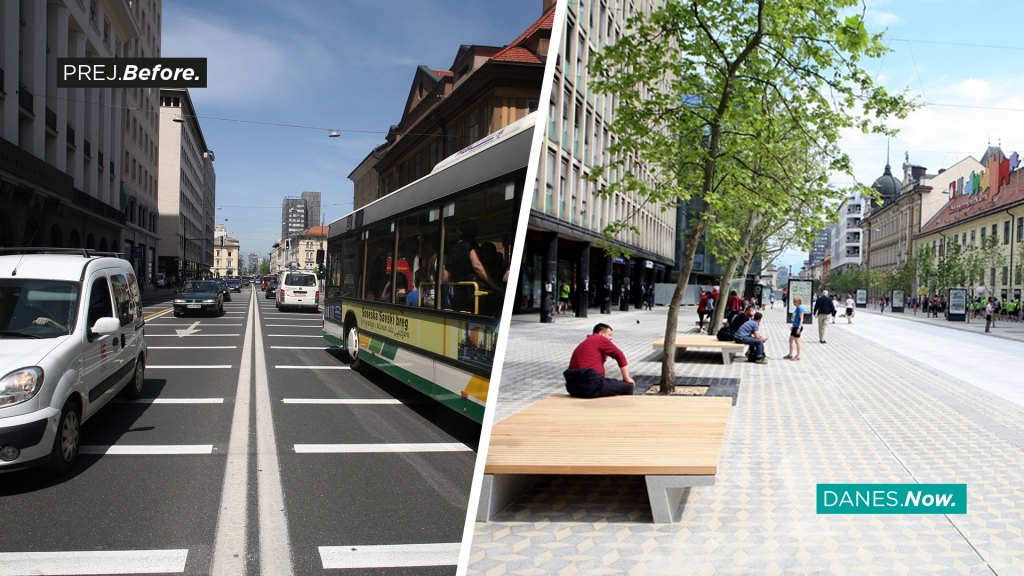
There is far more to working out the worth of a project than simply filling in a few headings on a spreadsheet. David Crawford surveys some recent thinking from the US and Canada.
Cost benefit analysis (CBA) “can’t be carried out with a cookbook”, warns US analyst Professor Robert J Brent. “ You can’t just get out a spreadsheet and fill in the data for all the headings. Each transport CBA should have something that is distinctive, in terms of location (for example, for a rural area), types of user (commuters, the elderly) or the environment.” CBA is not simply an evaluation technique, argues the professor of economics at New York’s Fordham University in his recently-published Advanced Introduction to Cost Benefit Analysis. It can and should take more than one form – reflecting considerations of, for example, economic efficiency, financial issues or social worth.
Economic efficiency
One case he instances in the North American transportation sector concerned the viability of US bus services running in Washington, DC. Another, in Canada, involved the province of Québec’s Roulez-électrique (Drive Electric) programme. On the former, he cited a CBA for the continuation of a weekday bus service which found that, even without taking account of reduced levels of traffic accidents and air pollution benefits, total benefits exceeded total costs. Maintaining the service, which was subject to review, proved to give passengers US$975m worth of annual benefits, while those for motorists totalled US$68m - for example from reduced congestion. The US$228m public subsidy that was required to cover a financial shortfall was therefore “clearly justified on grounds of economic efficiency”.
Social worth
Brent goes on to present an evaluation of Québec’s Roulez-électrique as an example of a socially- worthwhile CBA. The province is one of the world’s largest producers of hydroelectric power, with a political commitment to exploiting this for green transport . With a total capacity of 36,643 MW, the government-owned
Environmental discount
The starting point for the current initiatives is the fact that, in 2012, the largest percentage of greenhouse gas emissions in Québec – 44.7% – came from transportation, having grown by 25.7% since 1990. Meanwhile, those emissions arising from other sectors fell by 24.3%. Now, close to half of all the plug-in electric and hybrid passenger cars sold in Canada are going to buyers in Québec. Under Roulez-électrique, the buyer of, for example, a model year 2015-17 Nissan Leaf is entitled to a discount of up to CN$8,000 (US$6,400). The Québec government cites the cost of a driver installing a 240 volt EV charging system at a home, that does not have an adequate and code compliant power outlet, at between CN$600 (US$480) and CN$1,300 (US$1,040) before taxes. The user can apply for a refund. Charging stations are available from dealers, distributors, superstores or directly from manufacturers.
Main saving
Brent bases a CBA calculation for Roulez-électrique on a sample exercise by Mercier, X; Lanoie, P; and Leroux, J: Costs and benefits of Quebec’s Drive Electric program (2015), which shows a net social benefit of CN$ 0.173m (US$0.138m). The main saving is benefit in the form of fuel economy (CN$1.759m = US$1.407m). On top of this, the calculation goes into sufficient detail to allow for the lack of need for oil changes in running EVs. At CN$0.063 million (US$0.050 million), Brent told ITS International: “The savings on these are not as sizeable, but you still need to establish the fact.” Against these, costs - including administration and rebates - total CN$1.653m (US$1.322m). The figure for electricity is CN$0.018m (US$ 0.014m) - a figure reflecting an abundance of hydro-electric power. Around three-quarters of the costs (CN$1.221m, US$977m) reflect the impact of CN$6.2m (US$4.9m) worth of subsidies, which generate a 20% marginal excess burden - the figure cited, representing a “deadweight” loss. Brent told ITS International: “If the perspective had been just of the government, and not society as a whole, all the $6.2 million subsidy would be considered a cost.” Under the parallel Branché au travail, employers can gain assistance worth up to CN$25,000 (US$20,000) for acquiring and installing a new workplace charging station. This has to remain operational for at least three years and be available to employees free of charge.
Difficult to predict
Outlining the issues inherent in developing CBAs for transport initiatives, Brent noted: “Estimating costs and benefits of environmental effects is extremely problematic, as these are difficult to predict with certainty over very long periods of time. But the job has to be done.” Again, he argued, it is crucial to decide whether to consider the effects on other countries or to take just a nationalistic perspective. The Mercier et al. study took a global one, “which is one reason why their analysis is impressive”. Further, he added: “The term ‘social’ - meaning the effect on everyone who is affected - is a standard part of a transport CBA. But, in terms of economic efficiency and income distribution effects, it is not well understood in the transport field. For example, it is almost universal for a transport CBA to carry out a financial and efficiency calculation and leave the formal calculations at that. The evaluation then adds on some comments about who gains and who loses (for example, in terms of the average incomes of bus users). But no joint efficiency and distribution calculation follows. The solution is to combine efficiency with equity calculations by using distribution weights. But in practice this almost never takes place because economists generally think that distribution weights are ‘unscientific’.”
No alternative
In the end, Brent suggests that there is no real alternative to using CBAs to evaluate transport policies. “At the same time, almost every evaluation involves the need to value something new – for example an intangible effect on culture, tradition or social cohesion,” he concludes. “As a way of thinking, CBA provides insight into the type of new data that will help ensure that the essence of an intervention is captured by the evaluation.”
The price of public bus servicesProfessor Robert J Brent’s research has identified a number of key factors, in addition to lower accident and emissions levels, that a private operator, acting in its own interests, would not consider in costing a service - but that are critical in justifying a public subsidy. These include levels of traffic congestion; costs of road and parking infrastructure; costs of car ownership for those forced to drive if there is no bus; and energy consumption. These can all, however, contribute to an economic efficiency CBA. Resources are more efficiently allocated and society is better off with the continuation of the service as total benefits exceed total costs. Bus services in most regions typically make losses and so would fail a purely financial CBA. But including external benefits, for example in reduced congestion, makes for an economic one that give a positive verdict for public subsidies.











